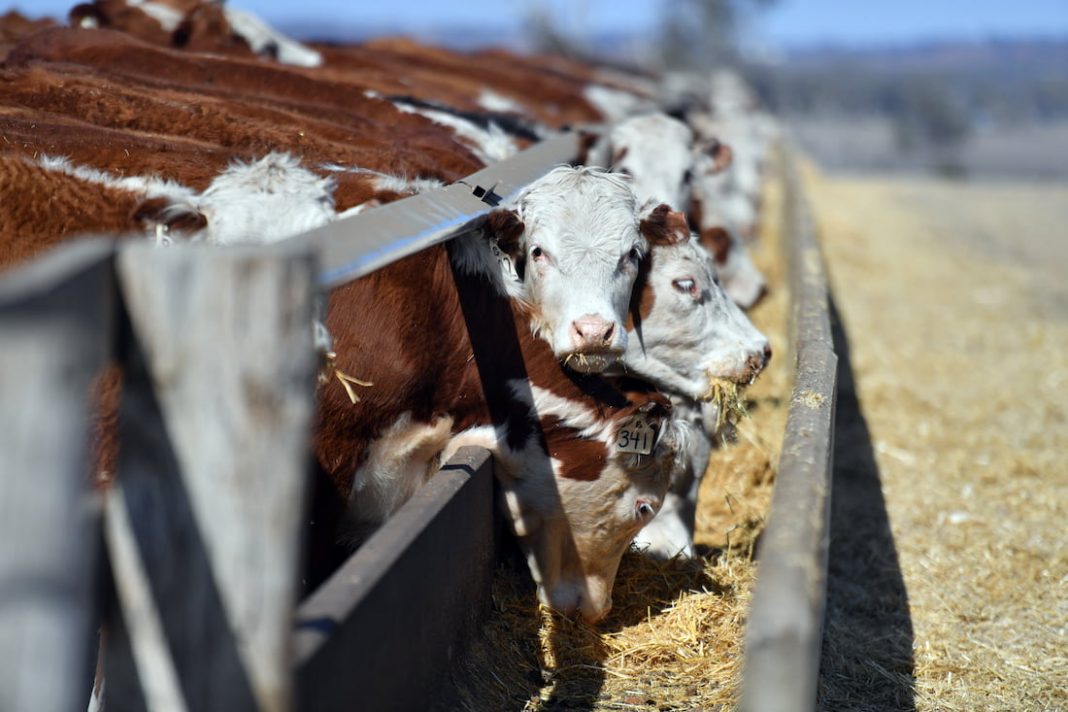Foods prices could be volatile in the coming months as Australia is hit by hotter and drier weather patterns.
The Bureau of Meteorology on Tuesday formally declared an El Nino event in the Pacific Ocean, to Australia’s east, and a positive Indian Ocean Dipole, to the west, which are expected to bring drier and hotter weather.
Rabobank senior analyst Angus Gidley-Baird said the weather pattern tended to create uncertainty in the agricultural sector and possibly volatility in food prices.
He stressed the impact on the agriculture sector was patchy across products, hard to predict and highly dependent on how severe and how long the dry, hot weather stuck around.
In the short term, crops in the ground already would be subject to seasonal conditions, though the availability of water to irrigate would allow many producers to have a successful harvest.
Meat prices might fall in the coming months as producers could start offloading stock in anticipation of a dry period.
He said uncertainty surrounding an El Nino weather pattern – whether it’s a couple of months of dry, or several years of drought – was triggering uncertainty in the sector.
“Which does tend to lead to a little bit of volatility in prices too.”
For central banks, volatile food prices could add to the complex task of bringing inflation down.
The Organisation for Economic Co-operation and Development flagged the risk of a resurgence of food prices and shortages, alongside higher energy prices, as possible risks to the global outlook in its updated forecasts, especially the role they play in determining household expectations of cost of living
AMP economist Diana Mousina still expects inflation to head lower through 2023 and into 2024 as higher interest rates continue to bite, but risks to the price outlook were being watched – particularly in the wake of stronger global inflation data in August.
She said the impact of an El Nino weather pattern on inflation was not clear-cut, but was generally linked to higher agricultural prices due to lower production.
While the relationship between climate events and food production is hard to predict, she said there was a risk of higher agricultural prices in Australia in the next three to six months during a spell of drier and hotter weather.
Other inflationary risks on the global stage include higher fuel prices due to stronger demand for coal and oil as hydropower plants can generate less energy.
Governments can also decide to restrict the supply of agricultural products under such conditions.
And while central banks usually look through spikes in prices – such as those triggered by weather-impacted crops – Ms Mousina said the events of the past few years have shown that temporary price changes can seep into numerous components of the supply.
Asked about the threats of rising fuel prices and the drier weather conditions to the inflation outlook, Treasurer Jim Chalmers said the government remained vigilant.
“We need to remain vigilant because inflation is still too high, even as it’s moderating, we recognise it’s still putting people under extreme pressure,” he told journalists on Wednesday.
By Poppy Johnston in Canberra



